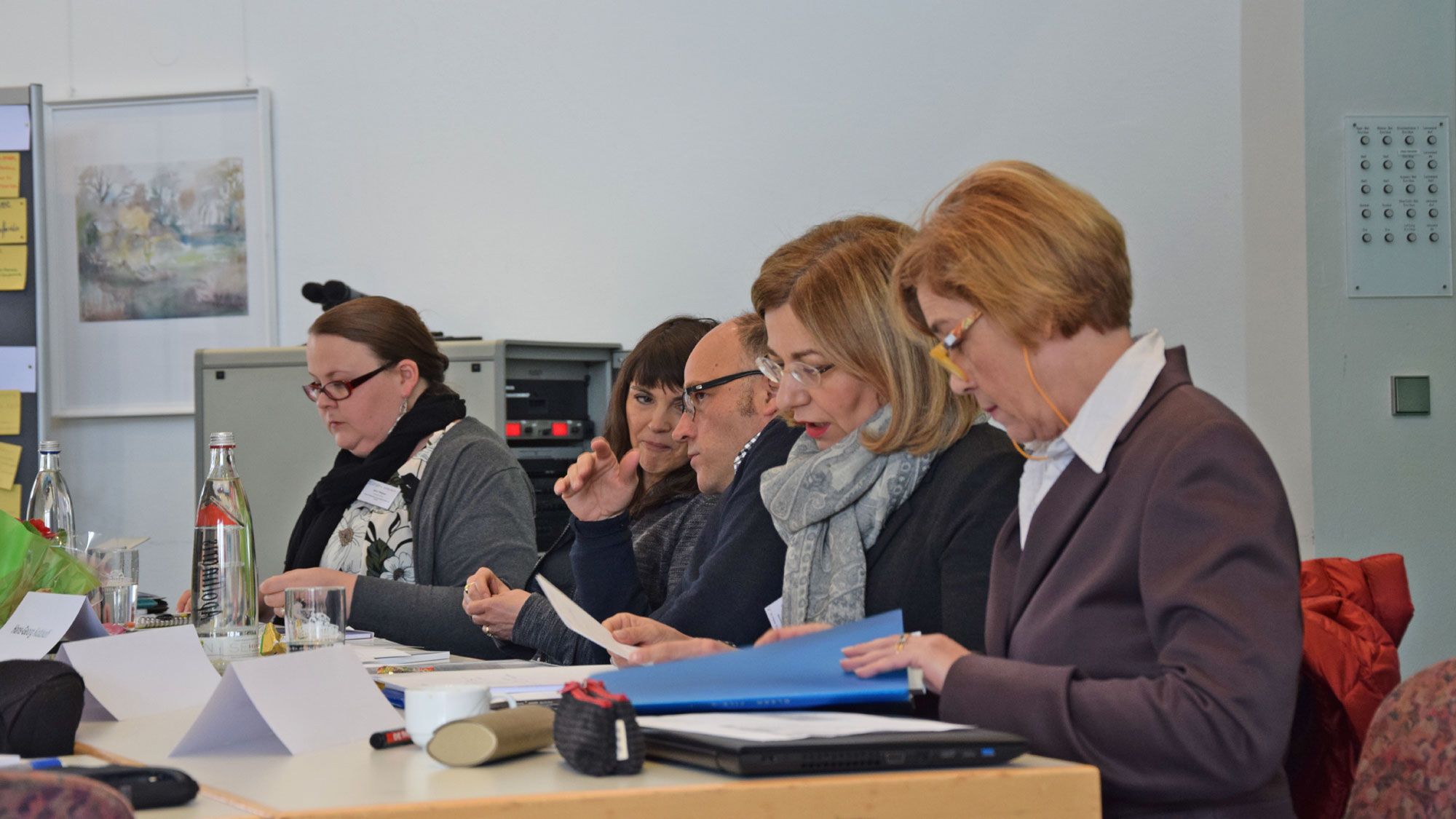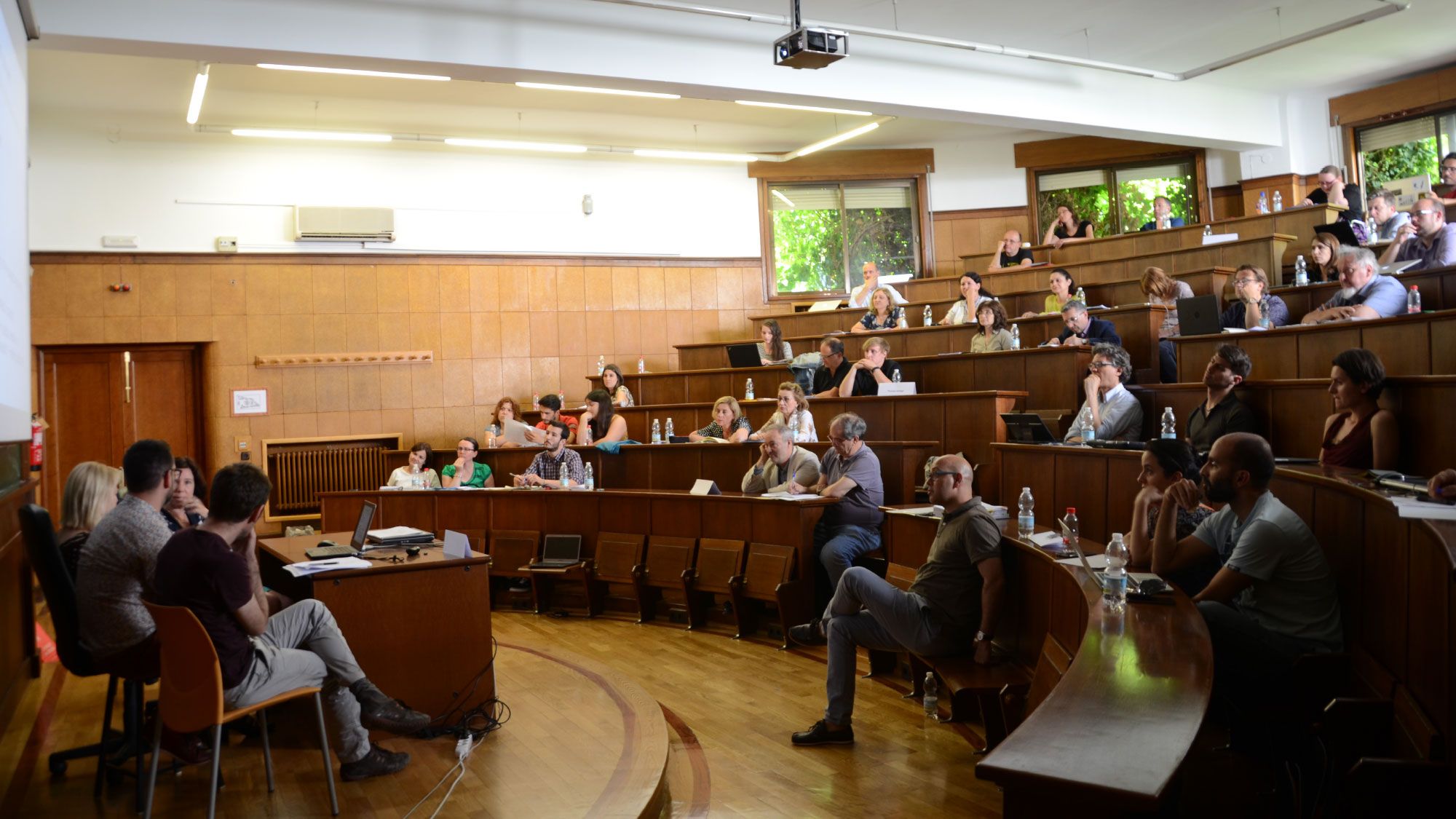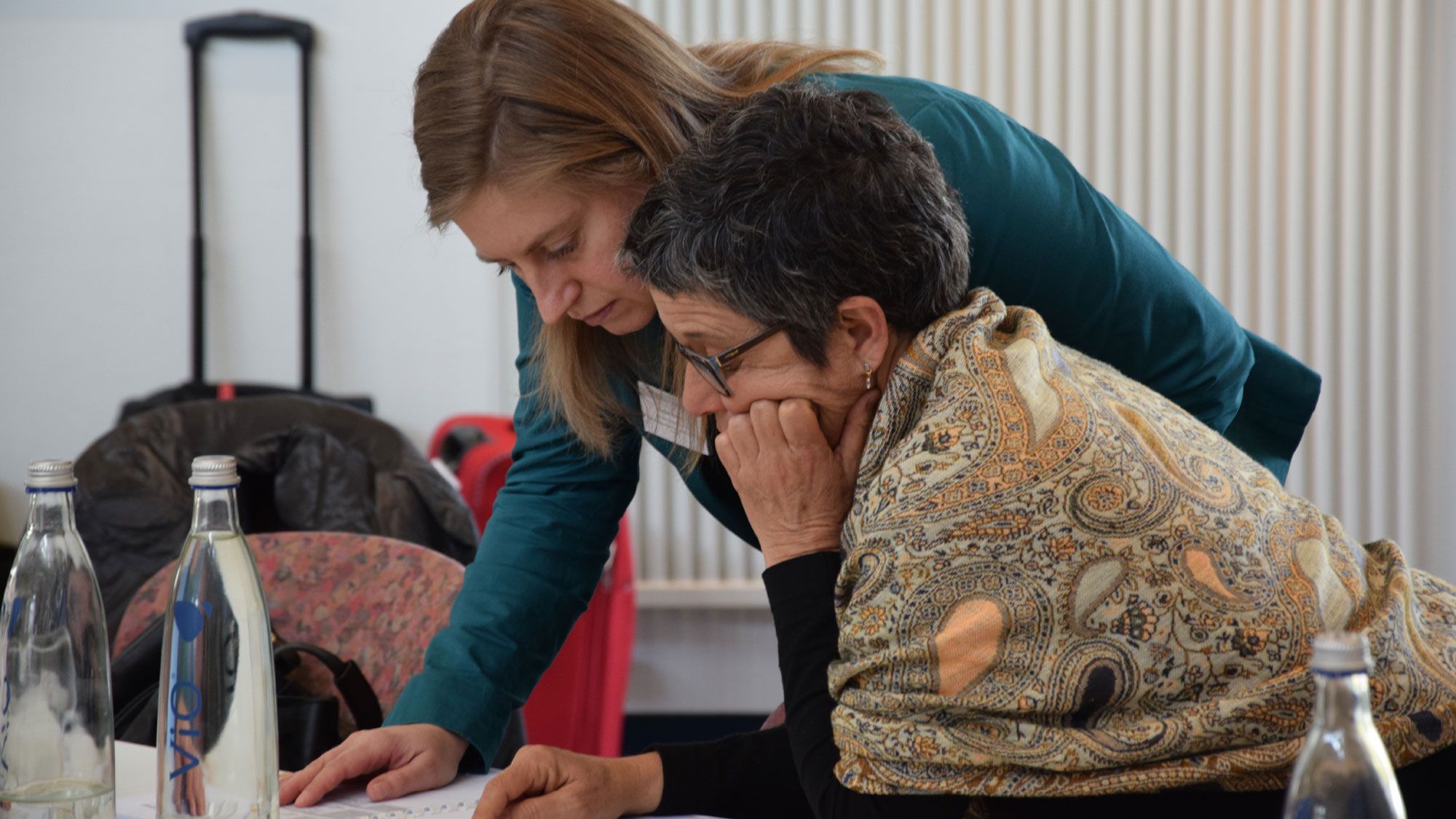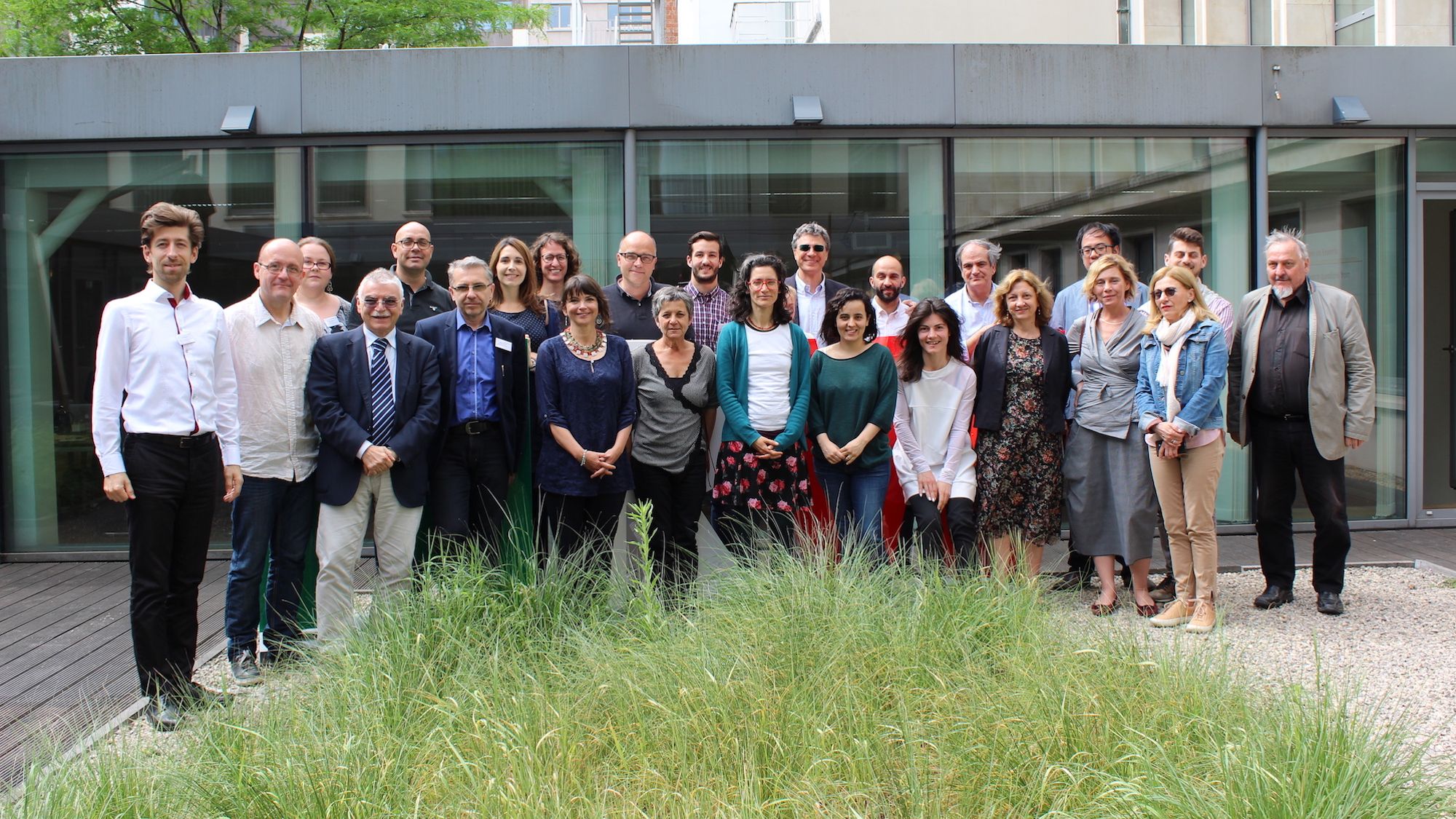Migrant
Definitions of ‘migrant’ vary greatly among laws, data sources and public opinion in European countries. As such, the definition of "migrant" is a politically contested terrain, characterised by national/regional variations. This poses challenges not only for the conceptual definition of "migrant" and "migration", but also for data collection and policy elaboration and implementation. In general, however, migrants are defined by one or a combination of these features: 1) foreign birth, 2) foreign citizenship, 3) movement into a new country to stay temporarily (either short- or long-term). Sometimes, migrants' children who were already born in the host country are also considered migrants. Nationality laws regarding migrants who give birth to children in foreign countries are mostly based on two principles: Jus Solis (the right of the land) and Jus Sanguinis (the right of the blood). The first one grants citizenship or nationality to those born in a given country’s territory. About 30 countries registered in the United Nations practice Jus Solis, and some of them impose additional restrictions (i.e., one of the parents needs to be at least a legal resident in the country). On the other hand, according to Jus Sanguinis, a person whose parents (or sometimes grandparents) are citizens of a given country is also entitled to be a citizen of that country. Almost all countries in the world practice Jus Sanguinis, as it is recognized as a basic human right by the International community. Again, the application of each of these principles is pretty much dependent on the legislation of each country, which changes from time to time.
Another important issue in the definition of "migrant" and "migration" - particularly in recent times - is the nature of the movement to another country: is it voluntary or the result of an extremely constrained choice, is it based on personal convenience or on some external compelling element? The definitions put forward by international organisations with a degree of power in agenda setting do not solve this matter, and themselves point to the politically charged process of defining these terms. For example, the broad definition of "migrants" suggested by the United Nations' Special Rapporteur of the Commission on Human Rights (UNESCO, n.d.) blurs the distinction between migrants who leave their countries because of political persecution, conflicts, economic difficulties, environmental degradation (or a combination of these) and those who do so in search of conditions of survival that do not exist in their place of origin. On the contrary, the United Nations' High Commissioner for Refugees (Edwards, 2015) argues that it is paramount to adequately distinguish between migrants and refugees, because failure to do so may result in jeopardising the security and well-being of refugees due to them not being offered specific legal protection nor a more widespread public support.
Trends and processes of out-, in- and internal migration are signified by the notions of emigration, immigration and internal migration. As these trends affect population character, number, profile, etc., i.e. countries and regional population change (ESPON, 2013), these notions are heavily charged socially, economically, politically and legally. Dynamics, balances and imbalances of these trends impact seriously countries’ and regions’ development and sustainability (Slobodan, 2014; Biswas, McHardy & Nolan, 2009).
In the YOUNG ADULLLT project, care needs to be taken by each partner in making clear what counts as a "migrant" in the national laws, policies and datasets to be scrutinised, so that comparability may be ensured.
References
Anderson, B., & Keith, M. (Eds.) (2014). Migration: the COMPAS anthology. Oxford: ESRC Centre on Migration, Policy and Society (COMPAS).
Bartram, D., Poros, M. & Monforte, P. (2014). Key Concepts in Migration. London: Sage.
Biswas, T., McHardy, J. & Nolan, M. A. (2009). Inter-Regional Migration: The UK Experience, p. 5. Available online: http://eprints.whiterose.ac.uk/9977/1/SERPS2008003.pdf.
Edwards, A. (2015). UNHCR viewpoint: ‘Refugee’ or ‘migrant’ – Which is right? Available online: http://www.unhcr.org/55df0e556.html.
ESPON (2013). Impact of Migration on Population Change. Results from the ESPON DEMIFER Project. Available online: https://www.espon.eu/export/sites/default/Documents/Projects/AppliedResearch/DEMIFER/demifer_PB_migr_impact.pdf.
Slobodan, D. (2014). Barriers to immigration and dynamics of emigration, Journal of Macroeconomics, Vol. 37, p. 43. Available online: http://www.sciencedirect.com/science/article/pii/S0164070413000979.
UNESCO (n.d.). Glossary. Migrant/ Migration. Available online: http://www.unesco.org/new/en/social-and-human-sciences/themes/international-migration/glossary/migrant/.
(Borislava Petkova & Tiago Neves)
























